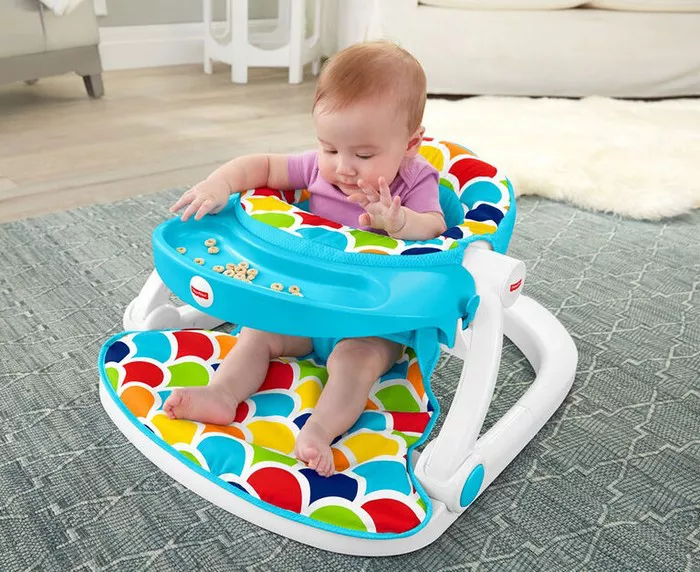Infant floor seats have become a popular choice among parents as they provide a convenient way to help babies sit up before they can do so independently. These seats offer support and stability, allowing infants to engage in activities while sitting upright. However, as with any baby product, there are concerns regarding safety. In this article, we will delve into the benefits and risks of infant floor seats to help parents make informed decisions about their use.
Understanding Infant Floor Seats
Infant floor seats are designed to provide support to babies who are not yet able to sit up on their own. They typically consist of a soft, cushioned seat with a wide base to prevent tipping over. Some models also come with adjustable straps to secure the baby in place.
Benefits of Infant Floor Seats
1. Promote Independent Sitting: One of the primary benefits of infant floor seats is that they help babies develop the muscles and coordination needed for independent sitting. By providing support around the waist and back, these seats allow infants to practice sitting upright without assistance.
2. Encourage Exploration and Interaction: Sitting in a floor seat allows babies to engage with their surroundings at eye level. They can play with toys, observe their environment, and interact with caregivers more easily than when lying down.
3. Convenience for Caregivers: Infant floor seats provide a safe and secure place for babies to sit, allowing caregivers to attend to other tasks while keeping a close eye on their little ones.
4. Transitional Tool: For babies who are transitioning from lying down to sitting up, floor seats can serve as a helpful intermediate step. They provide support and stability during this developmental stage.
5. Portable and Lightweight: Many infant floor seats are portable and lightweight, making them easy to transport and use in various settings, both indoors and outdoors.
Risks and Concerns
While infant floor seats offer several benefits, there are also risks and concerns that parents should be aware of:
1. Risk of Falls: One of the primary concerns with infant floor seats is the risk of falls. Although these seats provide support, they are not foolproof, and babies can still topple over if they are not properly secured or if the seat is placed on an uneven surface.
2. Restricted Movement: Some experts argue that prolonged use of infant floor seats may restrict babies’ natural movement and hinder their physical development. Babies need opportunities to move freely and explore their surroundings without being confined to a seat.
3. Potential for Incorrect Use: Improper use of infant floor seats, such as placing them on elevated surfaces or failing to secure the baby properly, can increase the risk of accidents and injuries.
4. Posture Concerns: There are concerns that sitting in a floor seat for extended periods may affect babies’ posture and spine development. It’s essential for parents to monitor their baby’s positioning and limit the time spent in the seat.
5. Risk of Tip-Over: While most infant floor seats are designed to be stable, there is still a risk of tip-over if the baby leans too far or if the seat is placed on an unstable surface.
Safety Guidelines for Using Infant Floor Seats
To ensure the safe use of infant floor seats, parents should follow these guidelines:
1. Choose a Quality Product: Select an infant floor seat that meets safety standards and is free from defects. Check for any recalls or safety warnings before purchasing.
2. Use on a Flat Surface: Always place the floor seat on a flat, stable surface to prevent tipping over. Avoid placing it on elevated surfaces such as tables or countertops.
3. Secure the Baby Properly: Use the seat’s safety straps to secure the baby in place and prevent them from sliding or falling out.
4. Supervise at All Times: Never leave a baby unattended while they are in an infant floor seat. Keep a close eye on them to ensure their safety.
5. Limit Use Time: Avoid leaving the baby in the floor seat for extended periods. Allow them plenty of time for free movement and exploration.
6. Follow Age and Weight Recommendations: Adhere to the manufacturer’s guidelines regarding the age and weight limits for using the floor seat.
Conclusion
Infant floor seats can be a useful tool for helping babies learn to sit up independently and explore their surroundings. However, it’s essential for parents to weigh the benefits against the risks and use these seats safely and responsibly. By following safety guidelines and monitoring their baby’s development, parents can help ensure a positive and safe experience with infant floor seats.


